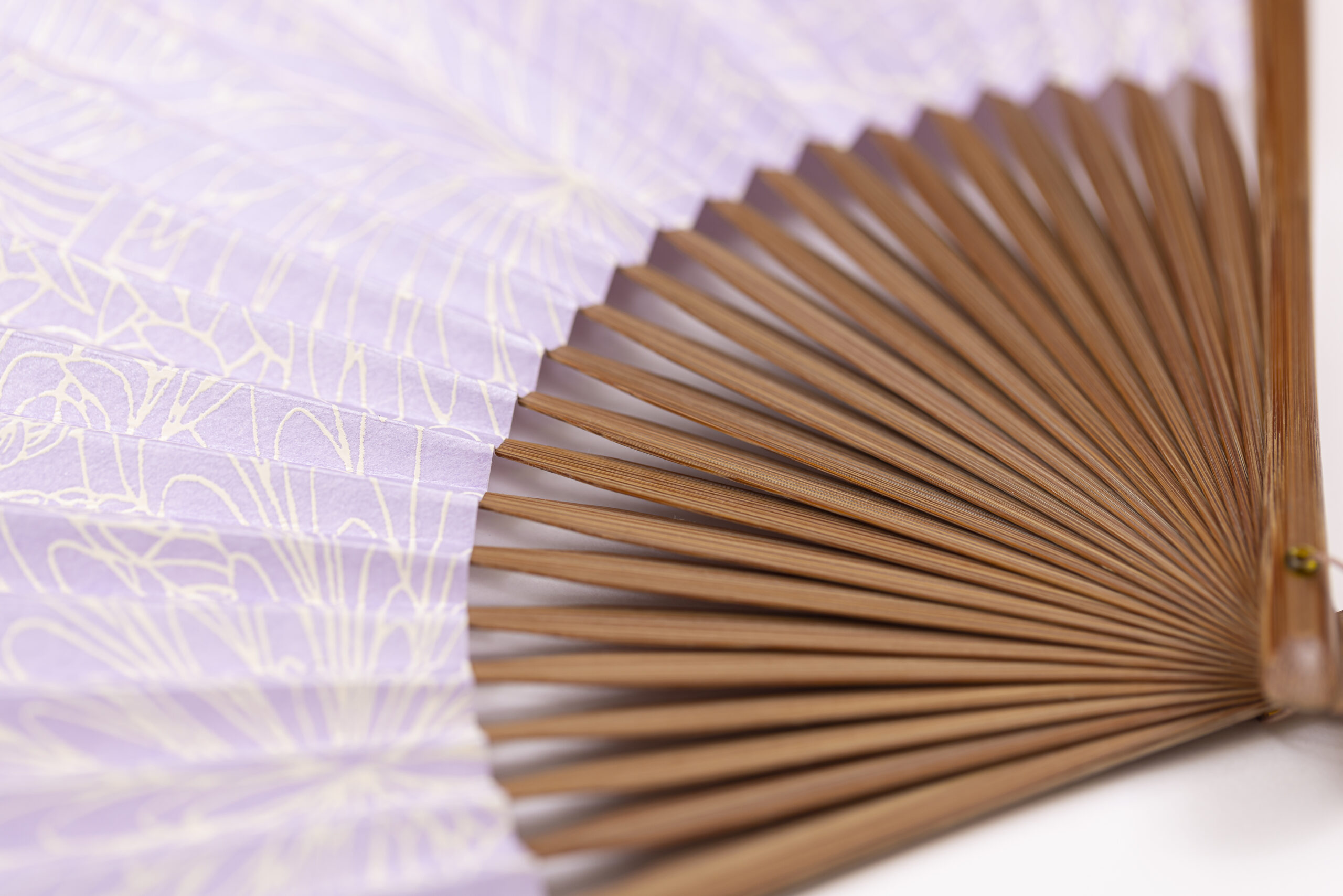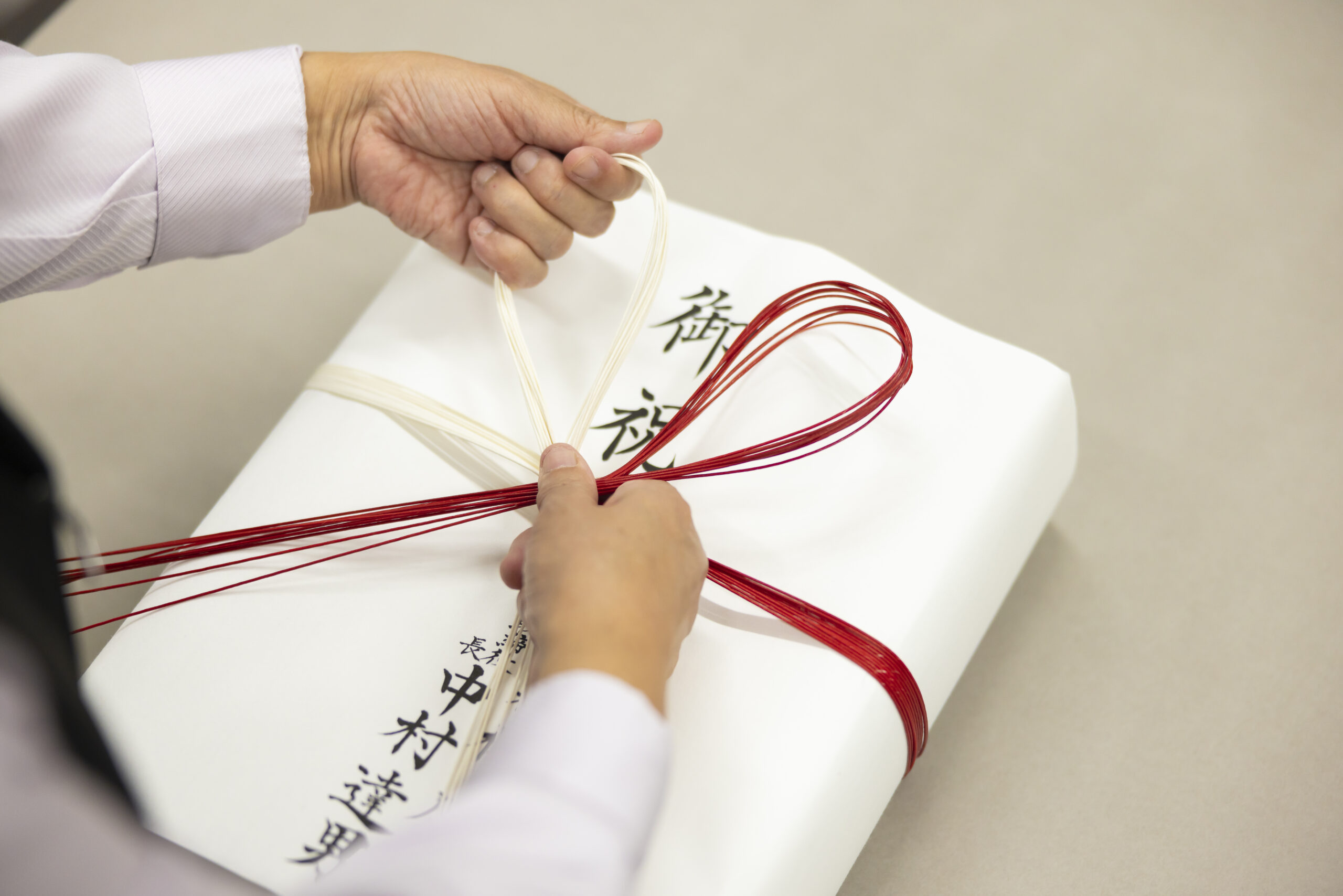Table of Contents
Enchanted by Pochi-Bukuro’s world, I cherish my collection
Pochi-Bukuro (Petit Envelope)” sounds charming. A Petit Envelope is a small envelope to put congratulatory gifts, New Year’s gifts, and gratuities.
Why “Pochi”? There are various theories about the name’s origin, but it is said to have come from the word “Pochitto,” which means “a little” or “just a little” in the Kansai dialect. Indeed, you say “koreppochi” when you want to express “just a little.”
When I see Petit Envelopes on sale at stores, even now that I am an adult, my heart flutters involuntarily. When I was a child, all my relatives would always gather at New Year’s and Obon (summer vacation), and we would have a lively time. Among all the fun and games with my cousins, feasts, and sweets, I was delighted to receive Petit Envelopes from the adults in my family.
It may sound like I was happy to receive money, but I was more interested in collecting Petit Envelopes themselves than in the money inside them as an elementary school student.
Every year, new faces gather for me whenever I meet my relatives: Petit Envelopes with cute animals drawn in an illustration style, Petit Envelopes with a more mature design in pastel colors with an English logo, Petit Envelopes made of warm Japanese paper, etc.
Even today, stationery stores carry a wide variety of Petit Envelopes. However, the variety of Petit Envelopes was richer in my childhood, the middle of the Showa period (1926-1989.)
As an elementary school student, I would feel each small Petit envelope contains a story. I remember carefully collecting them in a photo file, looking at them from time to time, and enjoying my fantasy about them.
By the way, the collection of Petit Envelopes is not so unusual.
In the Edo period (1603-1868), Petit Envelopes made significant progress with the printing technique (hand-printed woodblock prints). The designs were increasingly refined, including Ukiyoe-style patterns that were popular at the time and designs by famous artists. There was a slight movement of people who collected and admired them.
Now you may be wondering, “What kind of Petit Envelopes were used in the Edo period?” or “What kind of designs were they?”
In this article, I introduce Haibara’s Petit Envelopes, which were made by reproducing designs and patterns handed down from the Edo period.
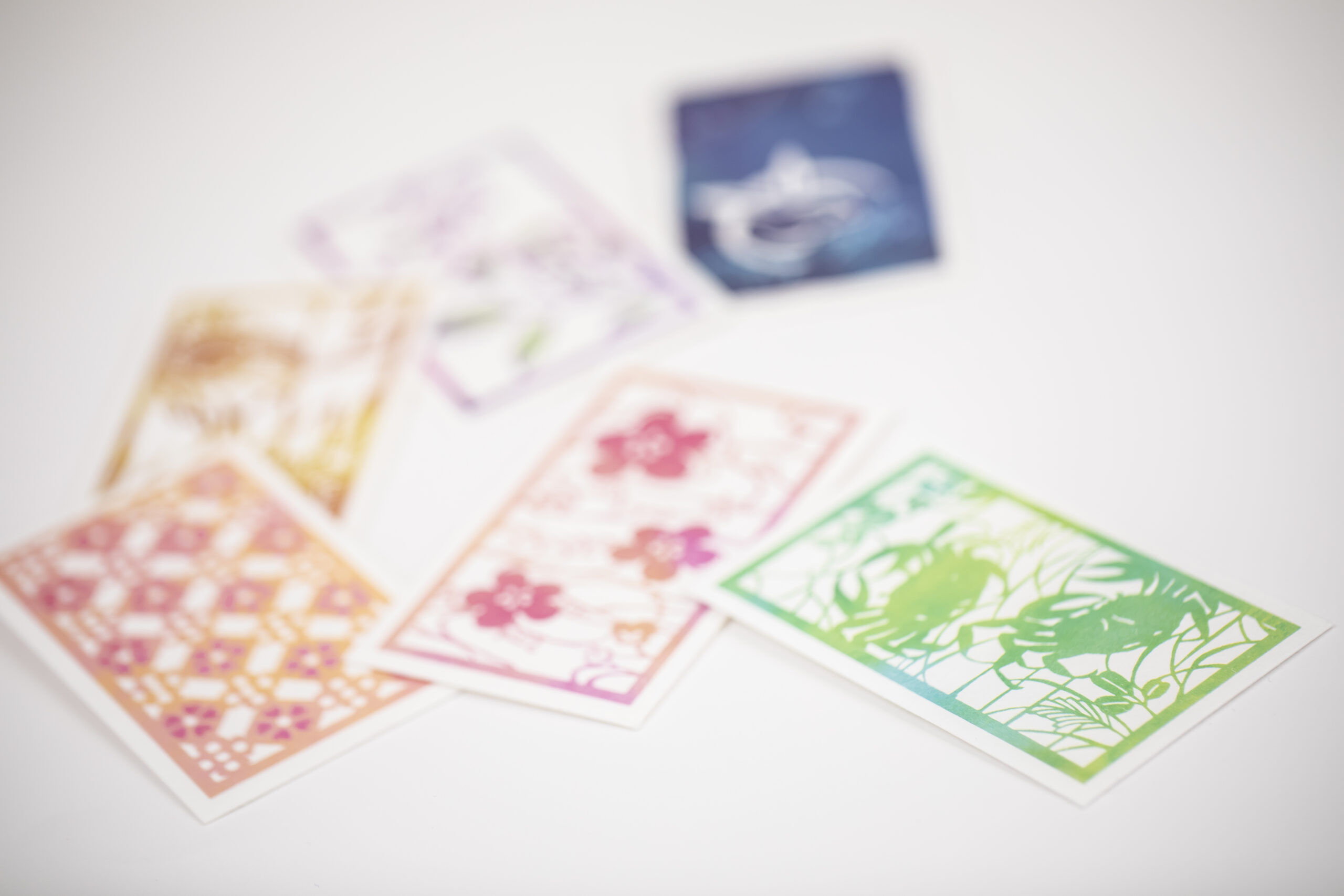
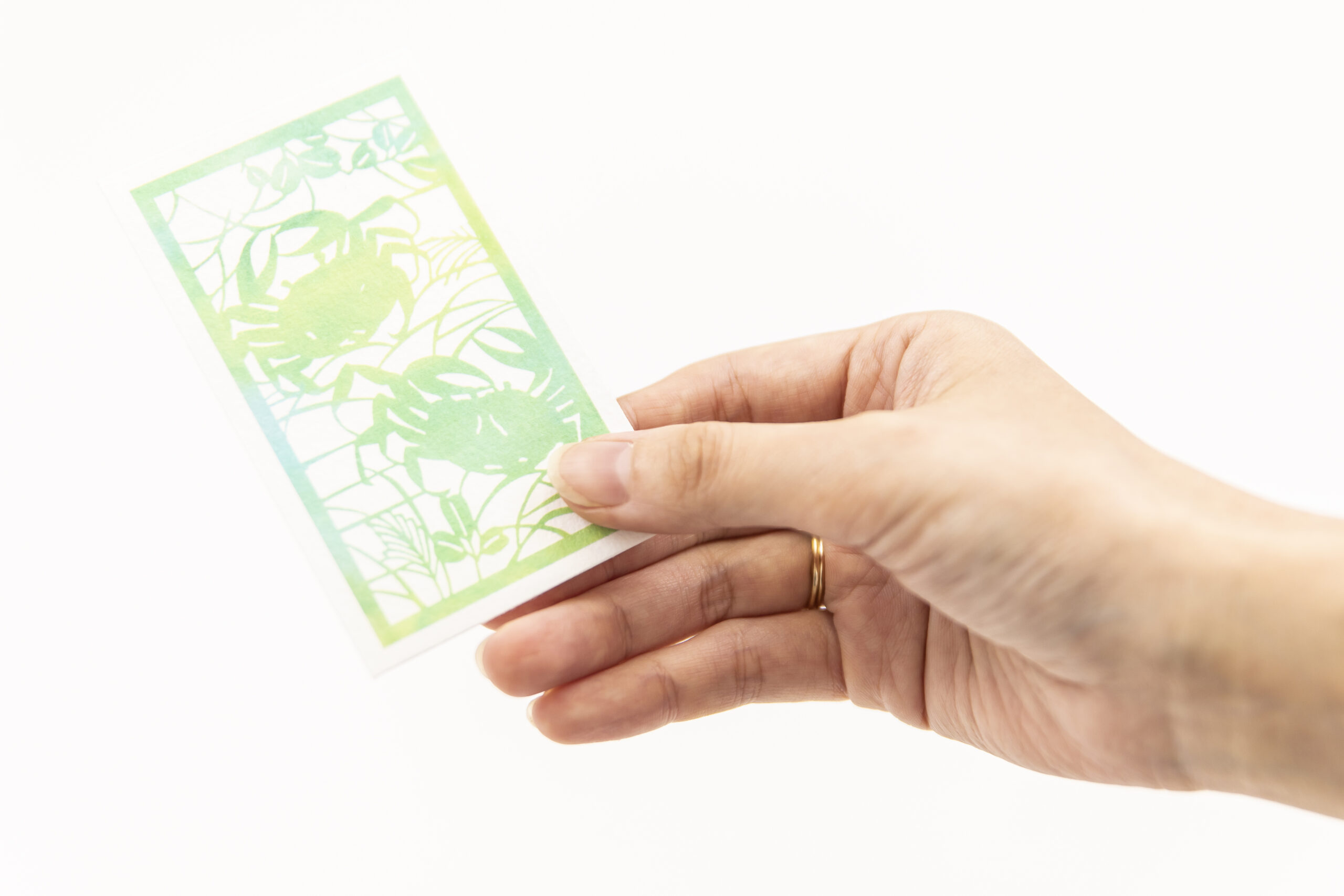
Petit Envelopes with stencil-dyed patterns that convey Edo aesthetic sensibilities to the present day
Petit Envelopes are elegant, using patterns handed down in Haibara. The basis of the design is Ise-katagami, which has been kept in Haibara since the Edo period.
“Plum blossoms on running water” heralds early spring.
“River Playing” features a lovely crab playing.
“Kikyo” is one of the seven flowers of autumn.
“Wave rabbit” expresses the running rabbit on the water’s surface.
“Fukura-Suzume” is a symbol of happiness.
The dainty “Hana-Tsunagi” stands out for its stencil quality.”
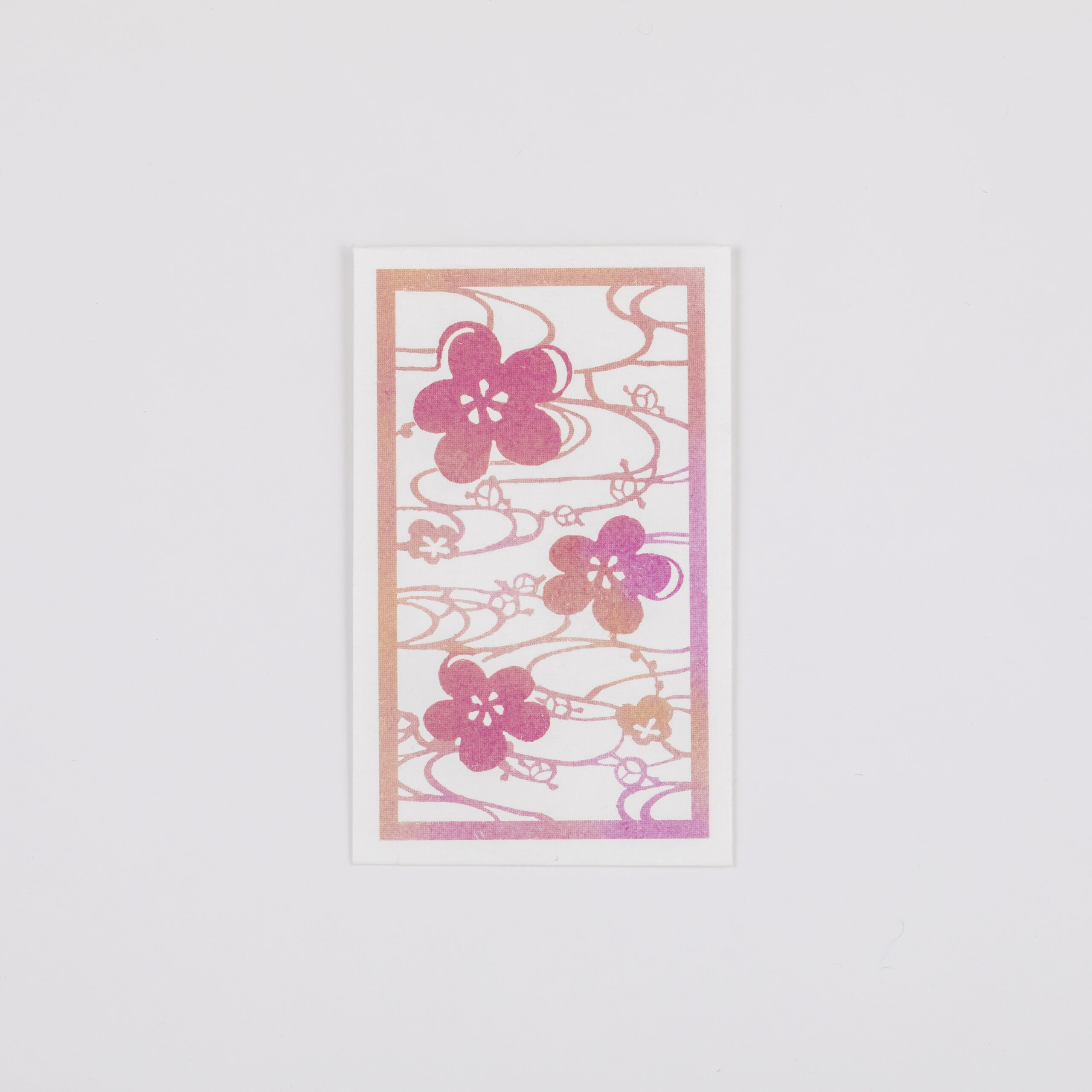
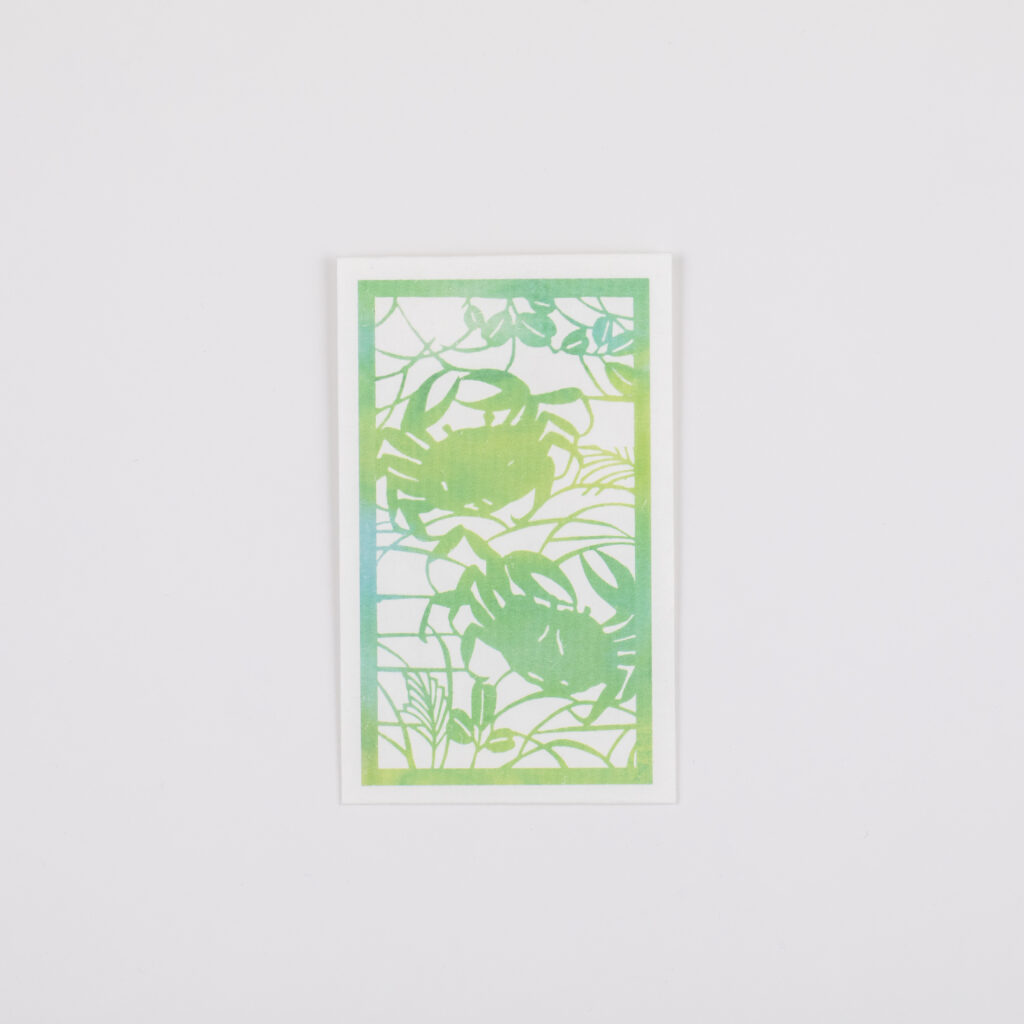
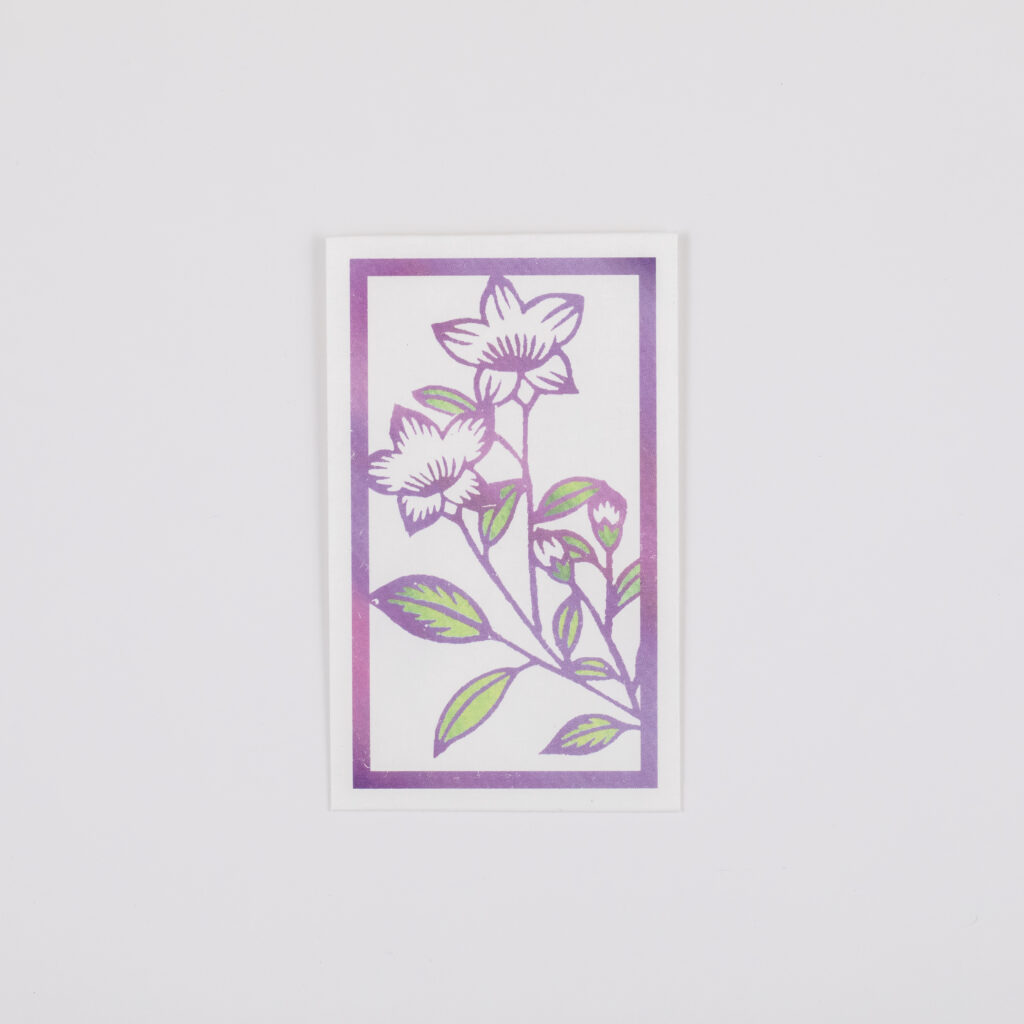
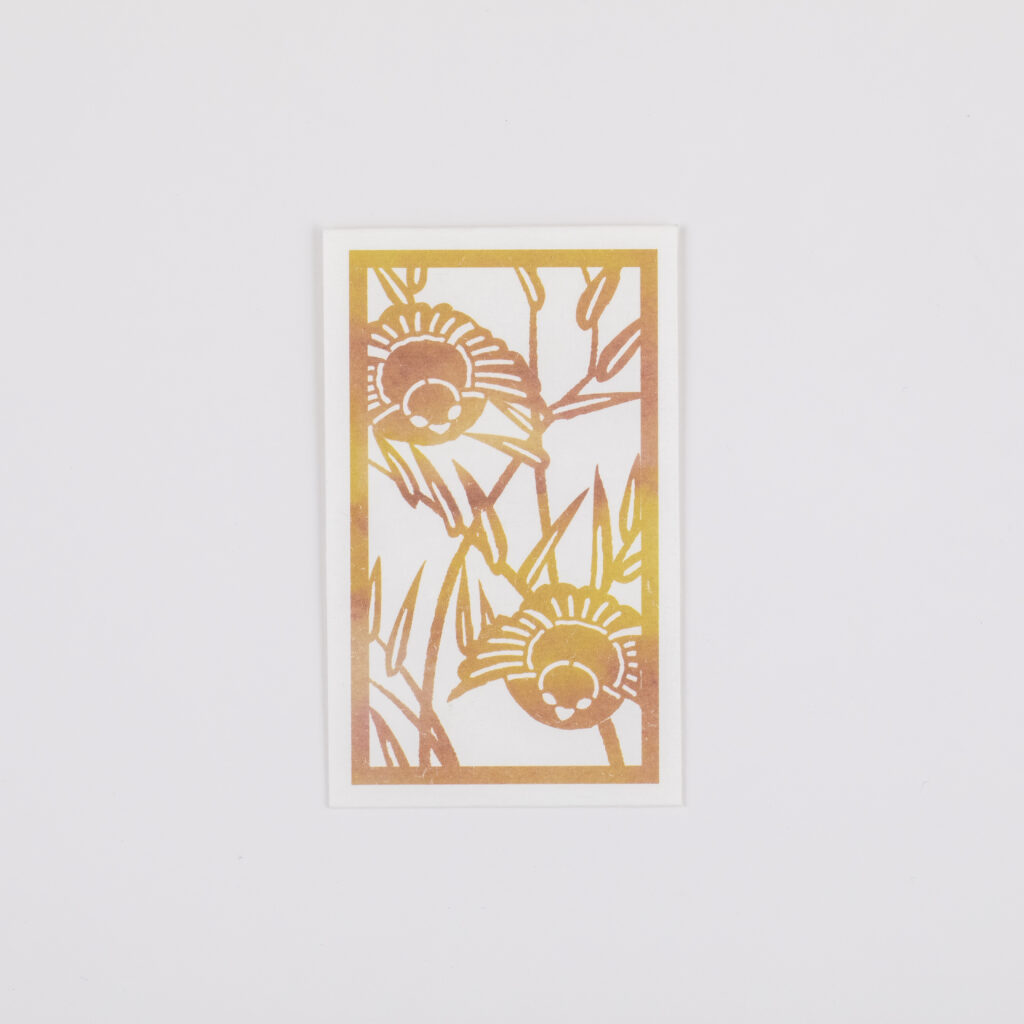
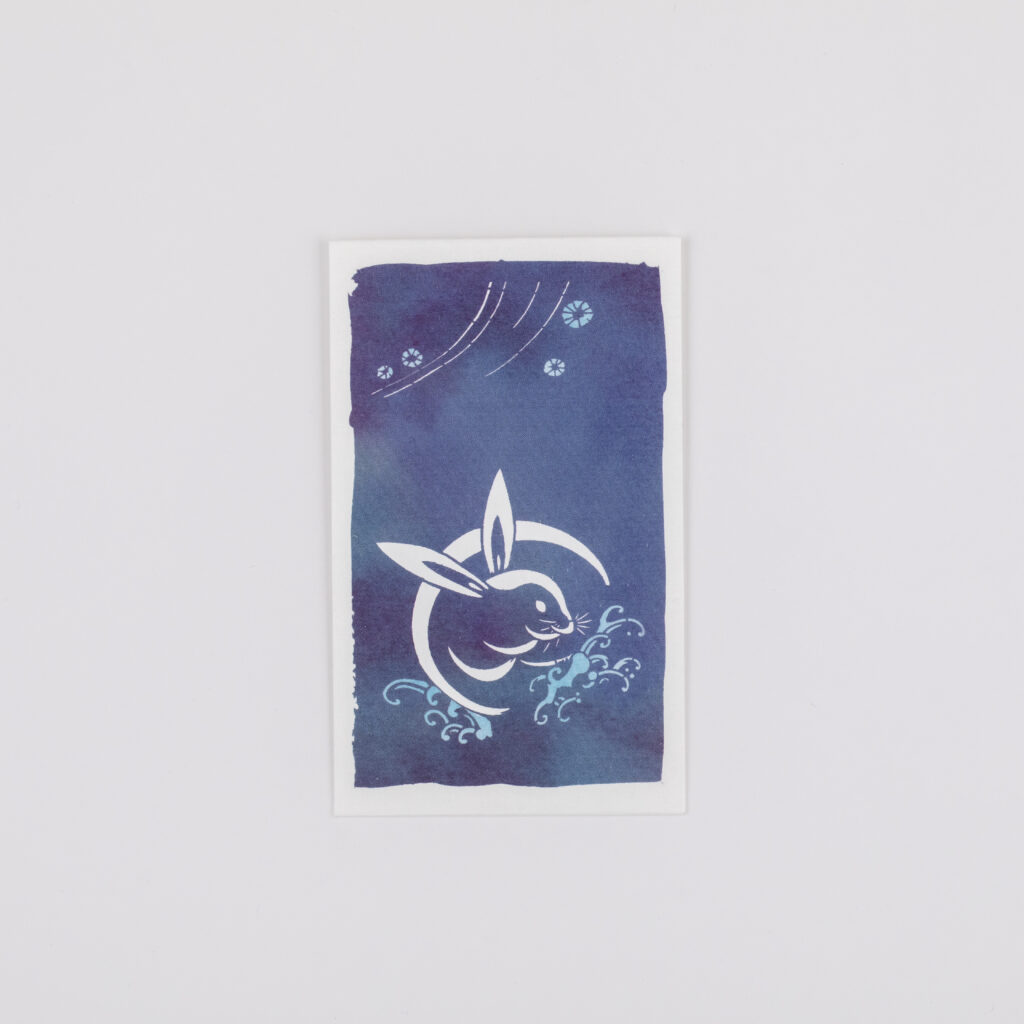
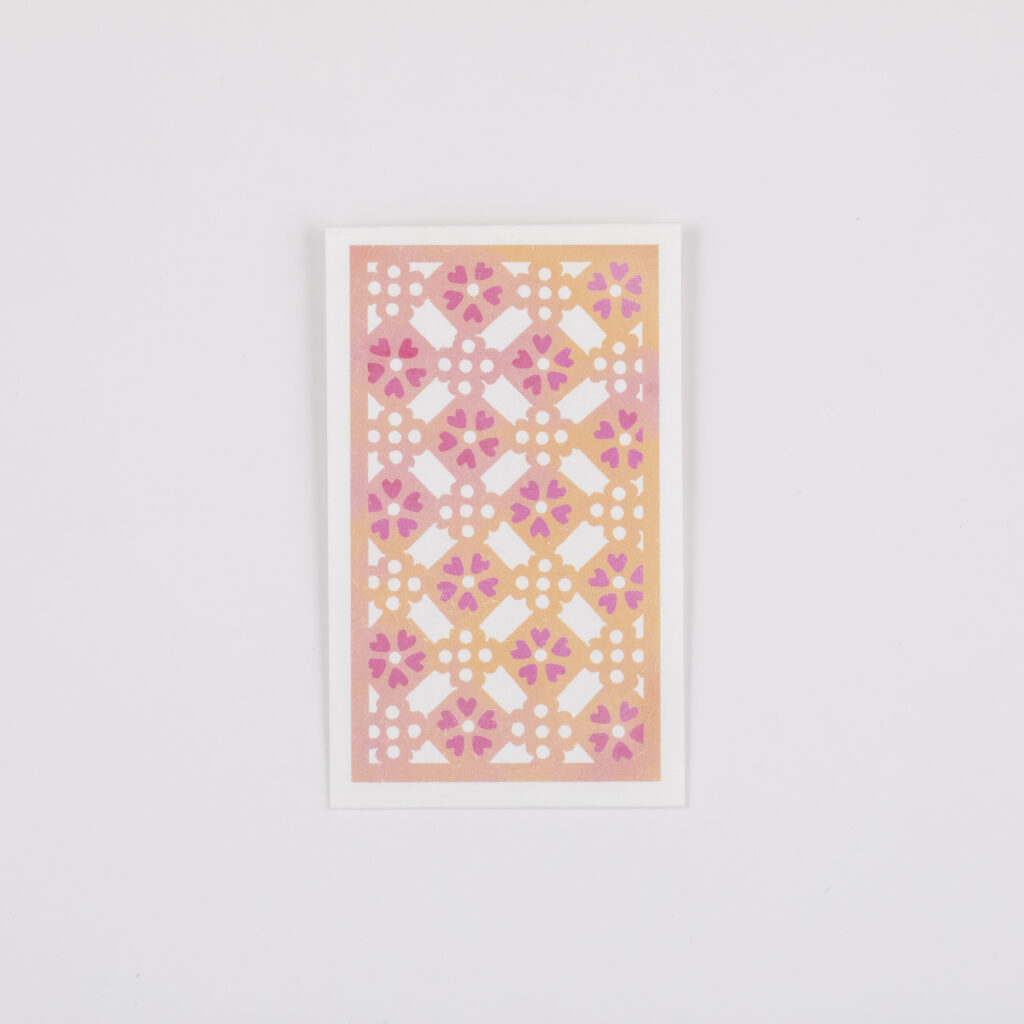
There are six patterns with such attractive designs that make it hard to choose just one. For bills, the size is just right when folded in thirds.

The cute design of Haibara’s reprinted design Petit Envelopes
The next item on our list is Petit Envelopes, whose appearance will excite your soul. The designs are reproductions of designs from the Haibara Syugyoku Bunko collection.
The Shugyoku Bunko is a precious collection of Japanese paper accumulated by Naojiro Haibara (Naojiro Nakamura), the fourth-generation head of Haibara. He was determined to preserve Japan’s beautiful paper culture for future generations.
The motifs and designs are so cute and cuddly, and the chic sense and worldview of the people of the time are firmly in place.
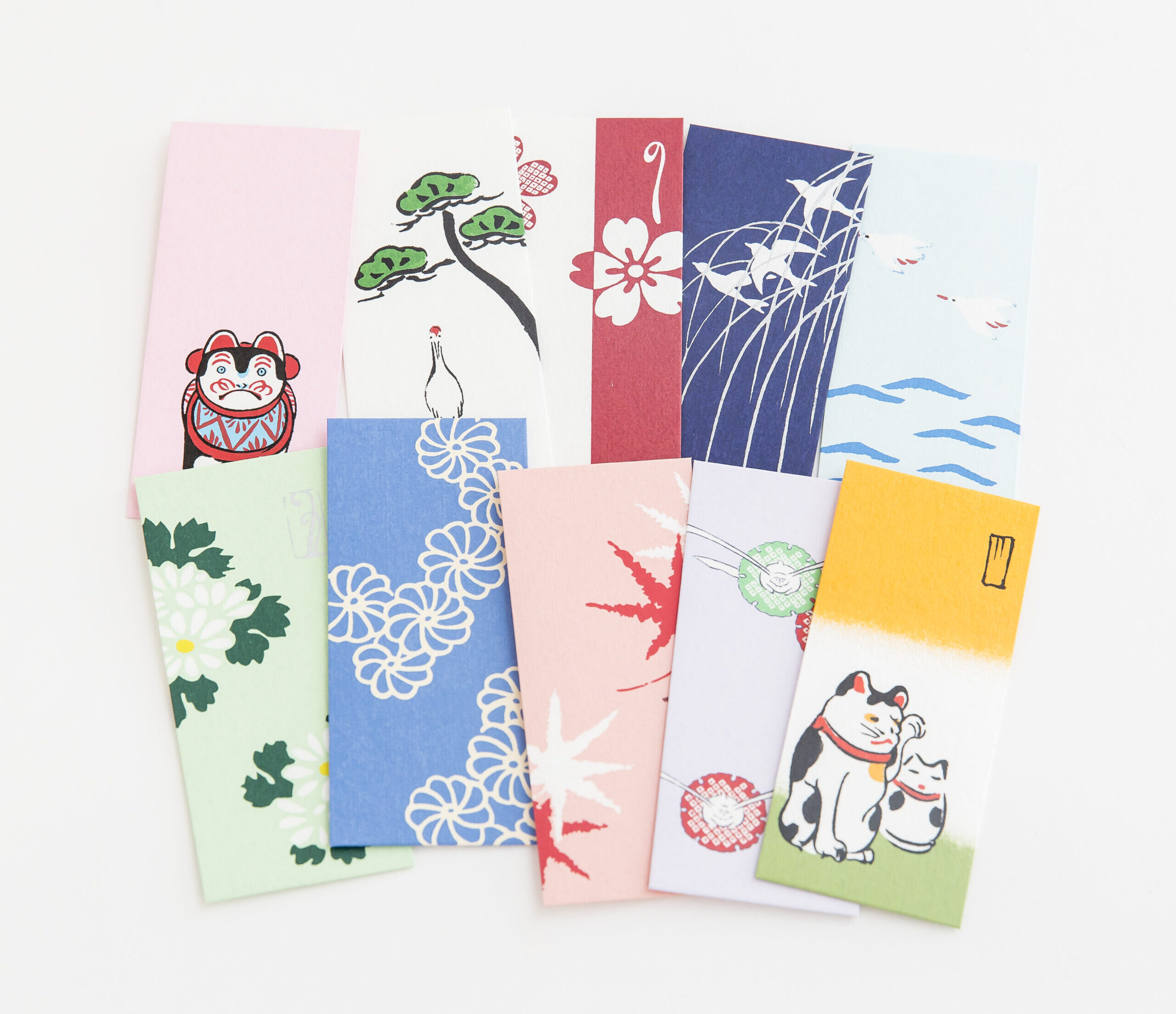
Manekineko is known as a good-luck charm for prosperous business.
Nami Chidori features two staggered birds flying in good harmony.
For “Crane on a pine tree,” the crane’s expression drawn from the front is adorable.
Rabbit in a Snow Circle is a reproduction of a fan design by Yushin Ayaoka, a Japanese-style painter of the Meiji era.
Inu Hariko is for praying for safe delivery, good health, and protection from evil spirits.
Sakura expresses cherry blossoms in contrasting colors of scarlet and white with a pattern of baby deer.
Momiji expresses the beauty of autumn leaves, an autumnal scene.
Kiku-Tsunagi is a connection of chrysanthemums, a lucky motif meaning longevity.
Iwagiku combines the auspiciousness of chrysanthemums with the loveliness of Iwagiku flowers.
Yanagi ni Tsubame uses the standard motif of willow and swallow.
The lineup consists of 10 patterns, each conveying a story and warmth.
The modest size matches folding bills in four.
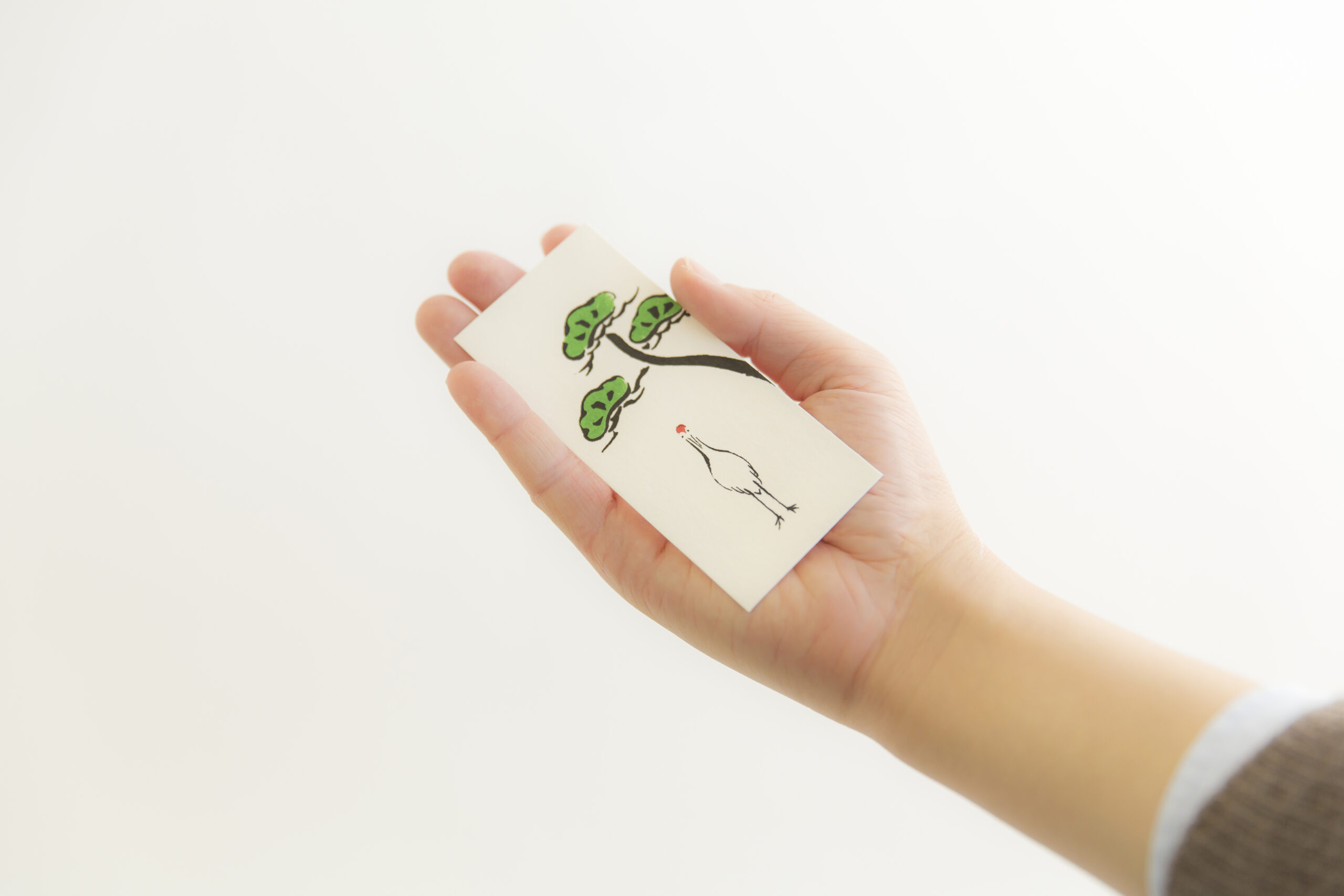
How was the world of Haibara’s reissued Petit Envelopes, filled with stories and flavors, like little picture books?
Come to think of it, it is also a good idea to use them in various ways other than for giving money.
For example, you can use them for small snacks, cards, or accessories as gifts.
Of course, it is chic to collect them and enjoy their world, just like the Edo people.














 Instagram
Instagram facebook
facebook X(旧Twitter)
X(旧Twitter) Youtube
Youtube note
note